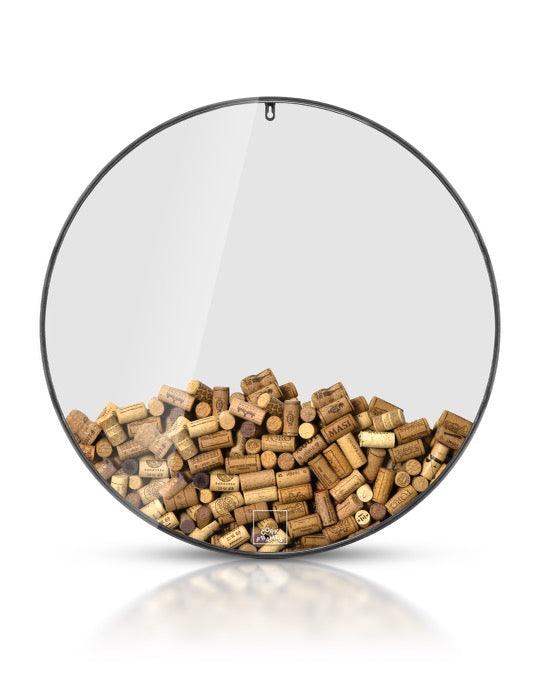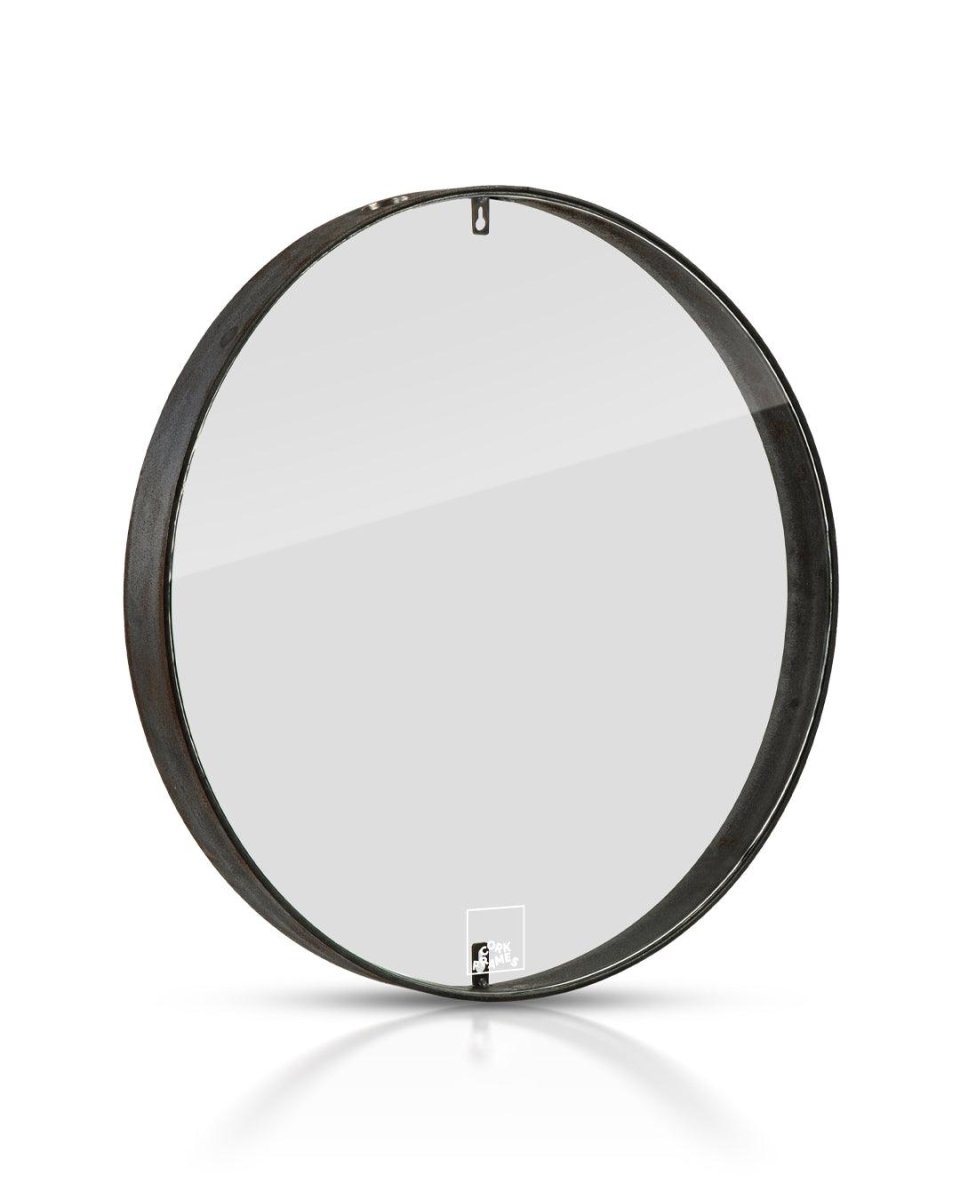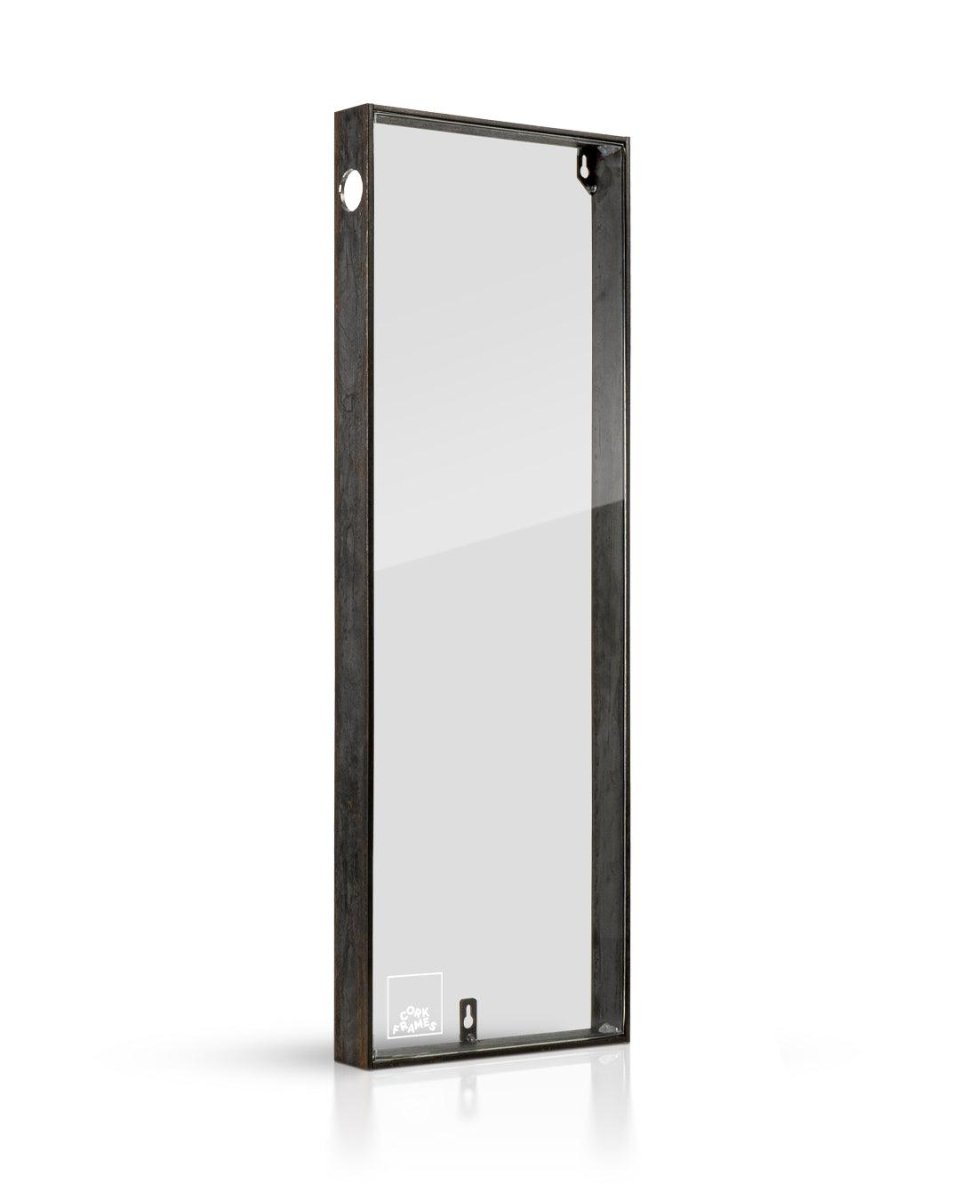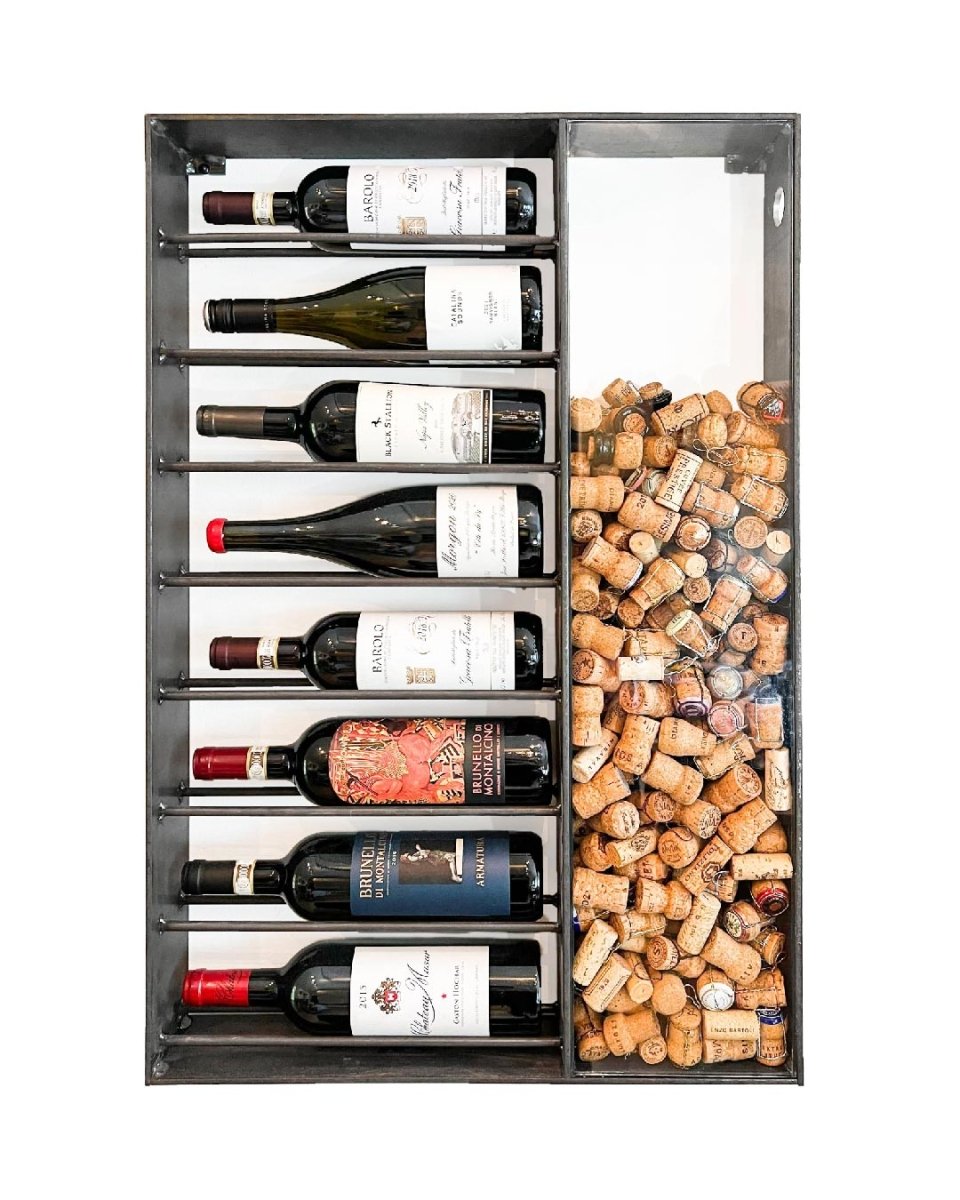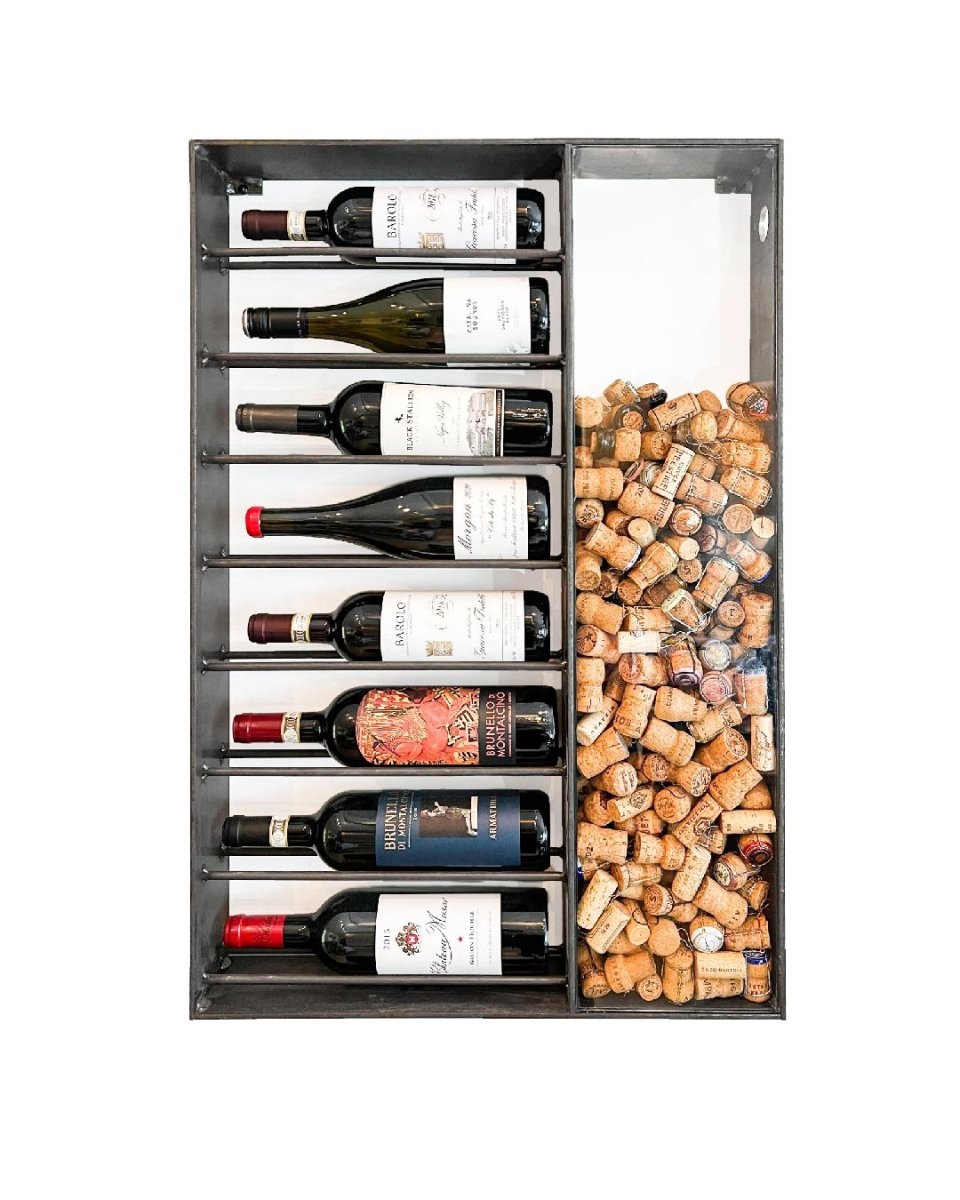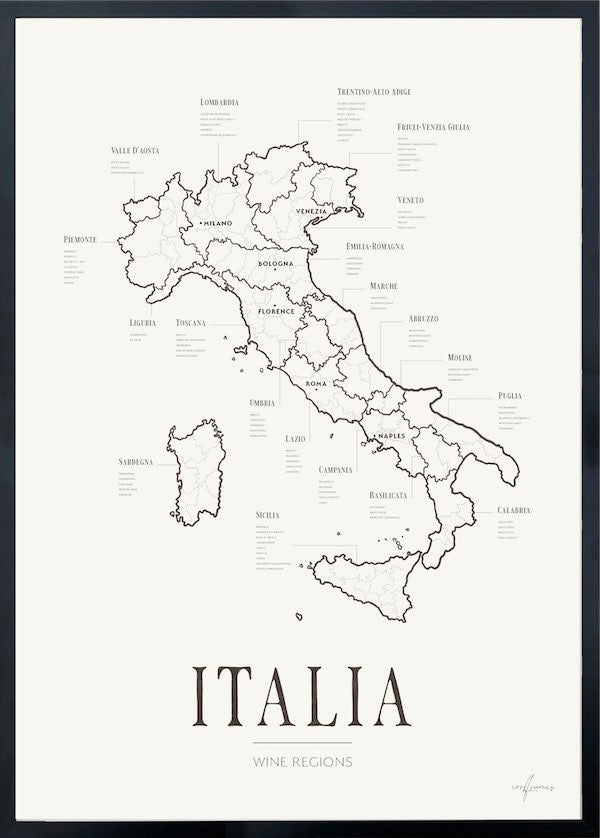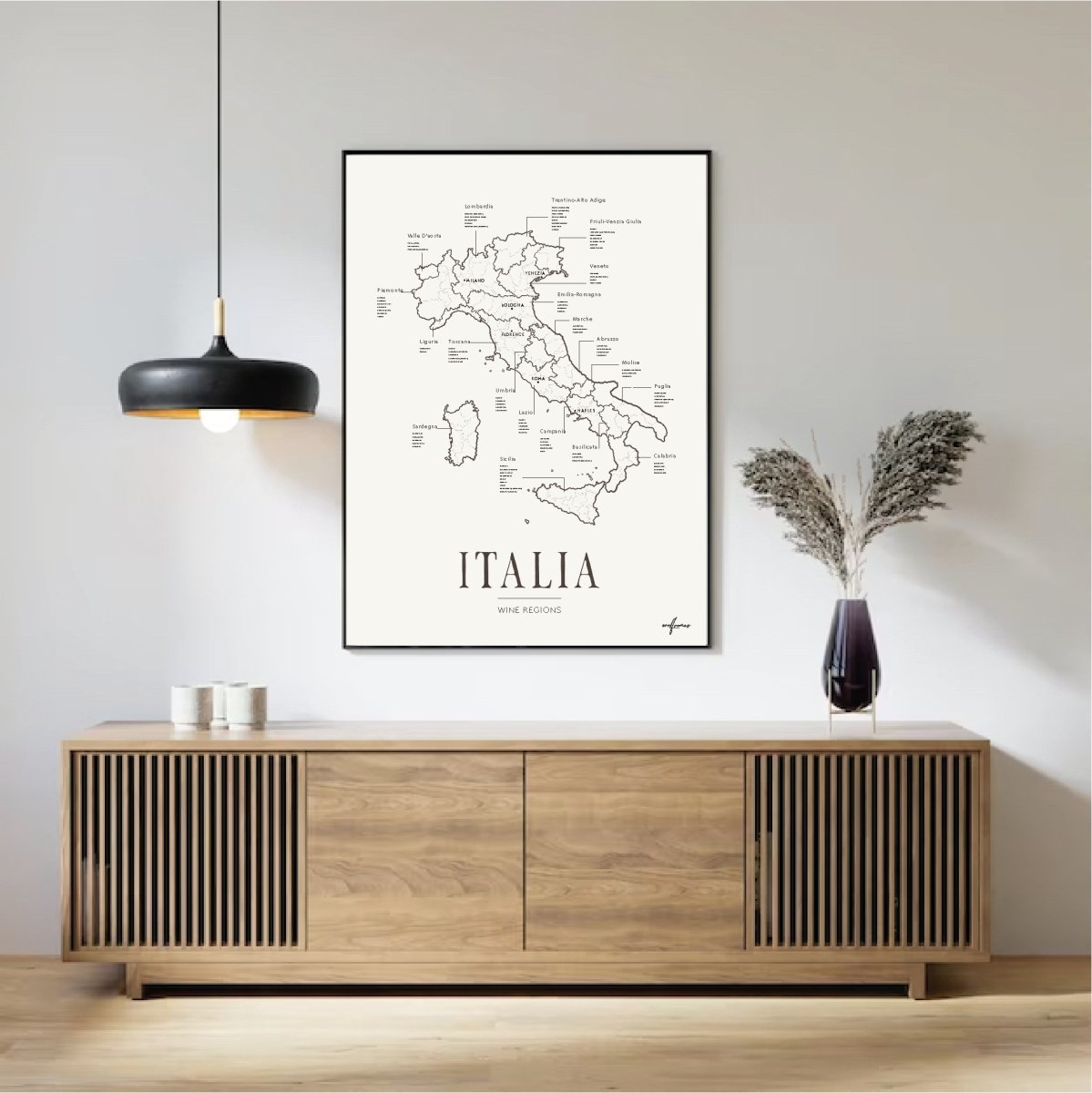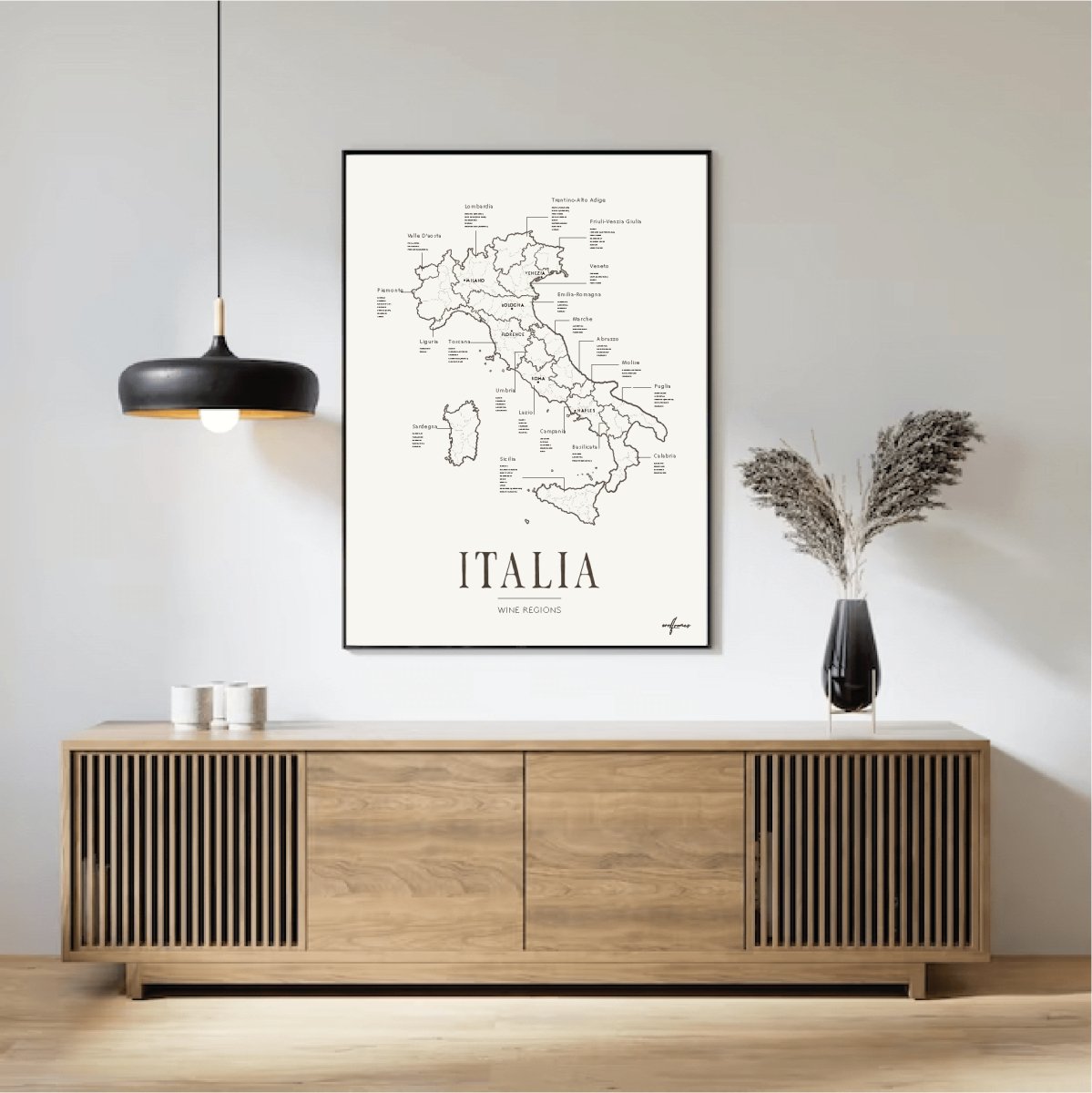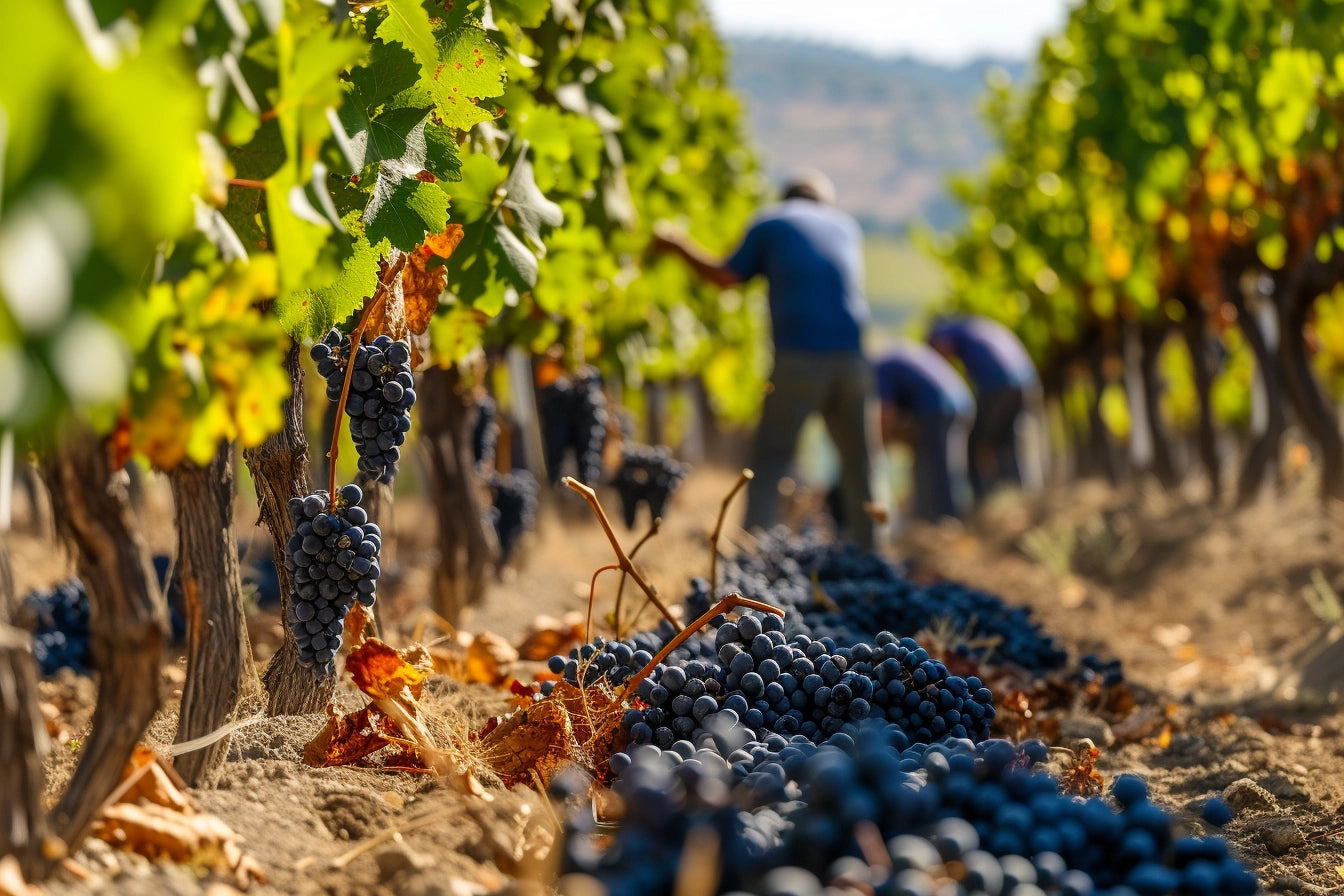Nestled at the foothills of the Andes Mountains, Mendoza is Argentina’s premier wine region, renowned for its high-altitude vineyards, exceptional Malbec, and a vibrant wine culture that attracts enthusiasts from around the world.
The region's unique terroir, combined with the expertise of its winemakers, has established Mendoza as a leading player on the global wine stage.
History and Development
Wine production in Mendoza dates back to the 16th century, when Spanish colonizers introduced viticulture to the region. However, it wasn't until the late 19th century, with the influx of Italian and French immigrants, that Mendoza's wine industry began to flourish. These settlers brought with them advanced winemaking techniques and a passion for viticulture that would lay the foundation for Mendoza’s modern wine industry.
The Terroir
One of the key factors contributing to Mendoza's wine success is its unique terroir. The region's vineyards are situated at altitudes ranging from 800 to 1,200 meters (2,600 to 4,000 feet) above sea level. This high altitude provides intense sunlight and a significant diurnal temperature variation, which are crucial for developing the complex flavors and balanced acidity characteristic of Mendoza wines.
The soil composition in Mendoza varies from sandy and alluvial soils to clay and limestone, allowing for the cultivation of a diverse range of grape varieties. Additionally, the Andes Mountains play a vital role in providing a consistent water source through snowmelt, essential for irrigation in this arid region.
Signature Grape: Malbec
While Mendoza produces a variety of wine styles, it is Malbec that has garnered the most acclaim. Originally from the Cahors region in France, Malbec found a new home in Mendoza, where it thrives in the region's favorable conditions. Mendoza Malbec is known for its deep color, rich flavors of dark fruits, and velvety texture, often accompanied by subtle notes of spice, chocolate, and tobacco.
Wine Regions within Mendoza
Mendoza is divided into several sub-regions, each with its own unique characteristics and specialties:
-
Luján de Cuyo:
- Often referred to as the "Prime Zone" for Malbec, Luján de Cuyo is renowned for producing some of the finest Malbec wines in the world. The vineyards here are typically at altitudes of around 1,000 meters (3,280 feet).
- Often referred to as the "Prime Zone" for Malbec, Luján de Cuyo is renowned for producing some of the finest Malbec wines in the world. The vineyards here are typically at altitudes of around 1,000 meters (3,280 feet).
-
Maipú:
- One of the oldest wine-producing areas in Mendoza, Maipú is known for its rich history and diverse wine offerings, including Malbec, Cabernet Sauvignon, and Syrah.
- One of the oldest wine-producing areas in Mendoza, Maipú is known for its rich history and diverse wine offerings, including Malbec, Cabernet Sauvignon, and Syrah.
-
Uco Valley:
- Located further south and at higher altitudes (up to 1,200 meters or 4,000 feet), Uco Valley is celebrated for its high-quality Malbec as well as other varietals like Chardonnay, Pinot Noir, and Merlot. The region's cool climate and complex soils contribute to the production of elegant and aromatic wines.
Wine Tourism
Mendoza is not just a wine producer; it's a wine lover's paradise. The region offers a plethora of wine tourism experiences, from tours and tastings at historic wineries to luxurious stays at vineyard resorts. Visitors can explore the picturesque landscapes, enjoy gourmet dining, and even partake in the annual Vendimia Festival, a vibrant celebration of the grape harvest featuring parades, music, and traditional dance.
Innovation and Sustainability
In recent years, Mendoza's wine industry has embraced innovation and sustainability. Winemakers are increasingly adopting organic and biodynamic practices, focusing on minimal intervention in both the vineyard and the winery. Additionally, there is a growing trend towards the use of native yeasts and the exploration of new grape varieties and winemaking techniques, ensuring that Mendoza remains at the forefront of the global wine scene.
Conclusion
Mendoza’s unique combination of history, terroir, and innovation has solidified its status as Argentina’s most famous wine district. Its exceptional wines, particularly Malbec, continue to win accolades and captivate the palates of wine enthusiasts worldwide. Whether you’re a seasoned oenophile or a casual wine lover, a visit to Mendoza offers an unforgettable journey into the heart of Argentine viticulture.






